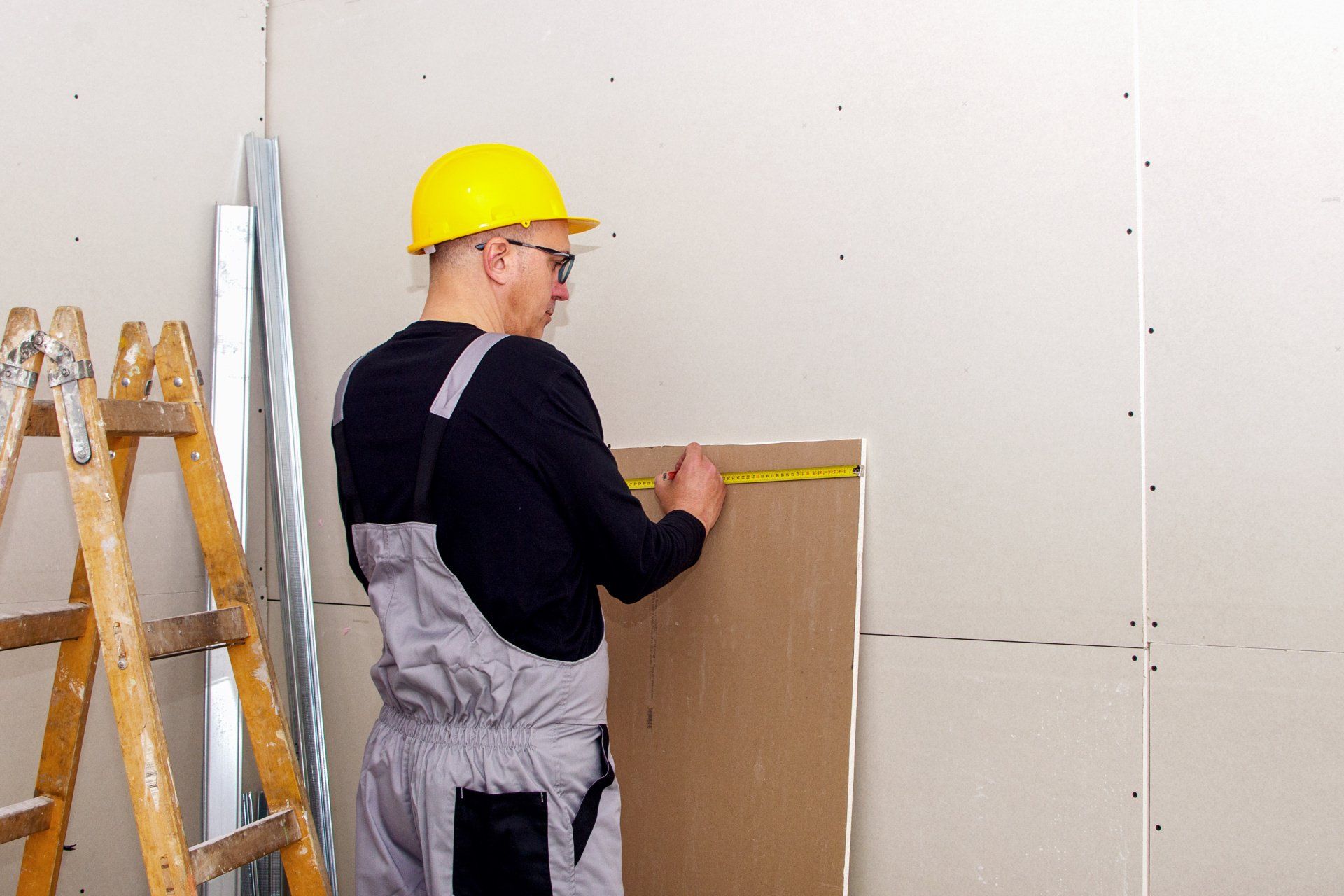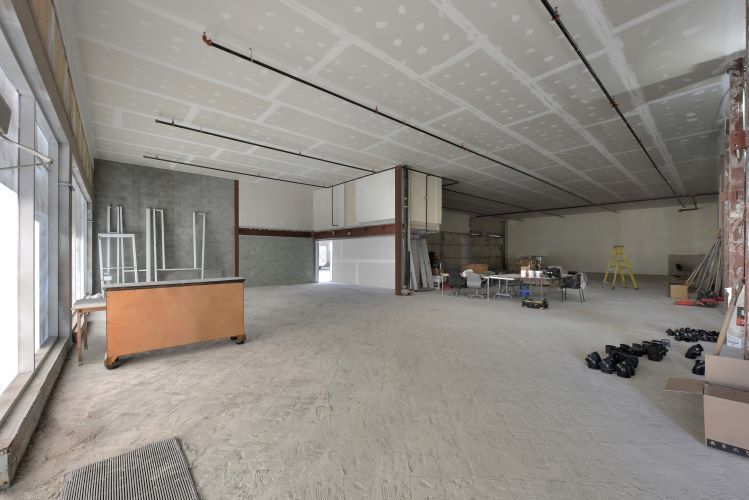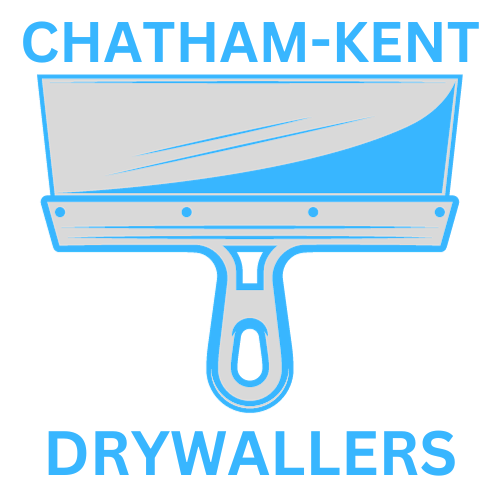All You Need to Know About Drywall Installation

Drywall installation is a crucial step in the construction or renovation process of any residential or commercial property. As experts in drywall services, Chatham-Kent Drywallers is committed to providing high-quality drywall installation solutions in Chatham, Ontario. In this article, we will discuss the drywall sheet installation process, including essential steps and tips for achieving a professional finish.
Understanding Drywall Sheet Installation:
- Preparation:
- Before beginning the installation process, it's essential to prepare the work area. Clear the space of any obstacles, debris, or furniture to ensure a smooth and efficient installation process. Additionally, ensure that the framing or substrate is clean, level, and free of any protrusions or defects that may affect the installation.
- Measurement and Cutting:
- Measure the dimensions of the wall or ceiling where the drywall sheets will be installed. Using a pencil and tape measure, mark the dimensions on the drywall sheets, taking into account any openings for doors, windows, or electrical outlets. Once marked, use a utility knife or drywall saw to cut the sheets to size accurately.
- Positioning:
- Carefully position the cut drywall sheets against the wall or ceiling framing, ensuring a snug fit and proper alignment with adjacent sheets. Begin installation at one corner of the room and work your way across, staggering the joints between sheets to minimize seams and improve structural integrity.
- Fastening:
- Secure the drywall sheets to the framing using drywall screws or nails, spaced approximately 12 inches apart along the edges and 16 inches apart in the field. Be sure to countersink the fasteners slightly below the surface of the drywall without breaking the paper facing to facilitate the finishing process.
- Taping and Joint Compound Application:
- Once all drywall sheets are installed, it's time to tape and apply joint compound to the seams and fastener indentations. Use self-adhesive mesh tape or paper tape to cover the joints, pressing it firmly into place to ensure a tight seal. Apply a thin layer of joint compound over the tape using a drywall knife, feathering the edges to create a smooth transition between the tape and the surrounding drywall surface.
- Sanding and Finishing:
- After the joint compound has dried completely, sand the surface of the drywall using fine-grit sandpaper to smooth out any imperfections or rough spots. Apply additional coats of joint compound as needed to achieve a seamless finish, sanding between coats for optimal results. Once satisfied with the surface texture, prime and paint the drywall to complete the installation process.
Tips for Successful Drywall Installation:
- Use a drywall lift or assistance from a helper to position and hold drywall sheets in place, especially when working on ceilings or tall walls.
- Ensure proper ventilation and use appropriate safety gear, including dust masks and goggles, when cutting or sanding drywall to minimize exposure to dust and debris.
- Take care to avoid over-tightening screws or nails, as this can cause the drywall to crack or break.
- Check for plumbing and electrical lines behind the walls before installing drywall to avoid damaging utilities and ensure proper placement of cutouts for fixtures and outlets.
Conclusion:
Drywall sheet installation is a fundamental aspect of any construction or renovation project, requiring careful planning, precision, and attention to detail. By following the steps outlined in this guide and incorporating best practices for drywall installation, you can achieve professional results and create a smooth, durable surface for your walls and ceilings. For expert drywall installation services in Chatham, Ontario, trust the experienced team at Chatham-Kent Drywallers to deliver superior craftsmanship and exceptional results.
You might also like



